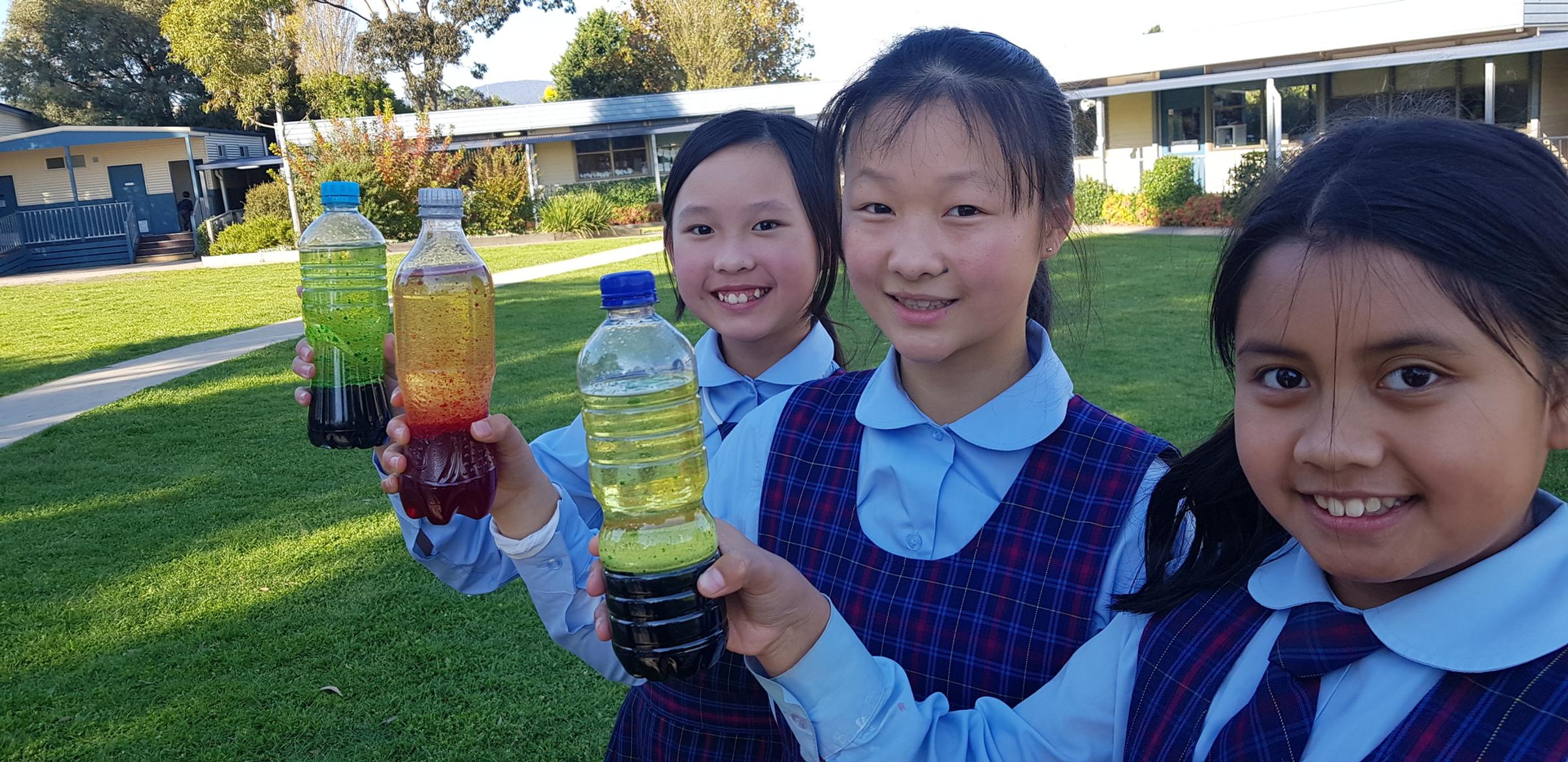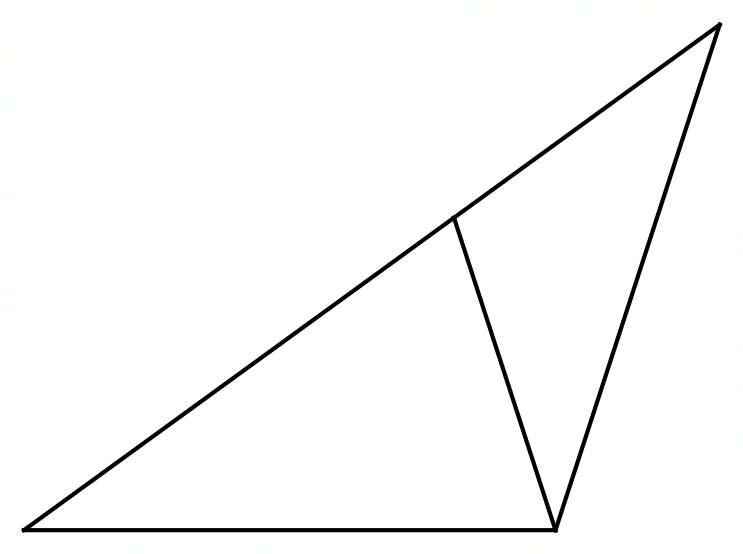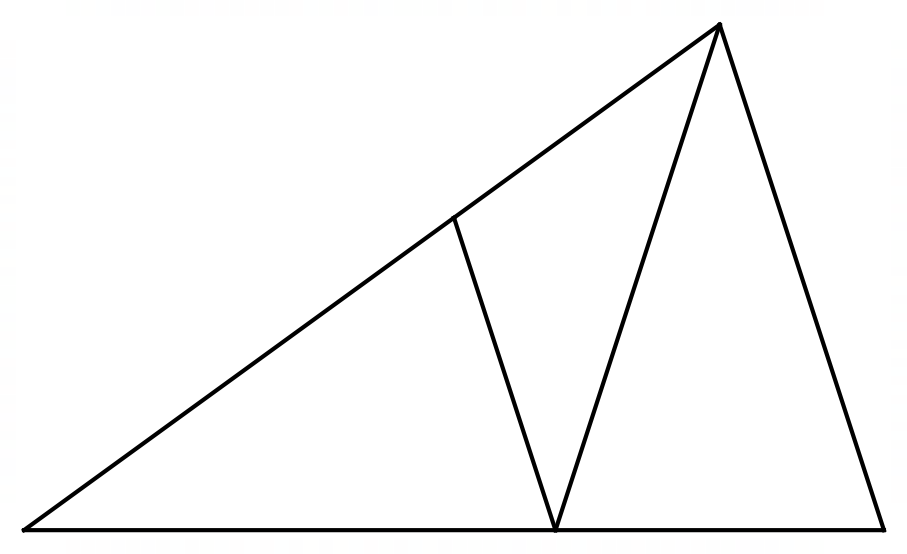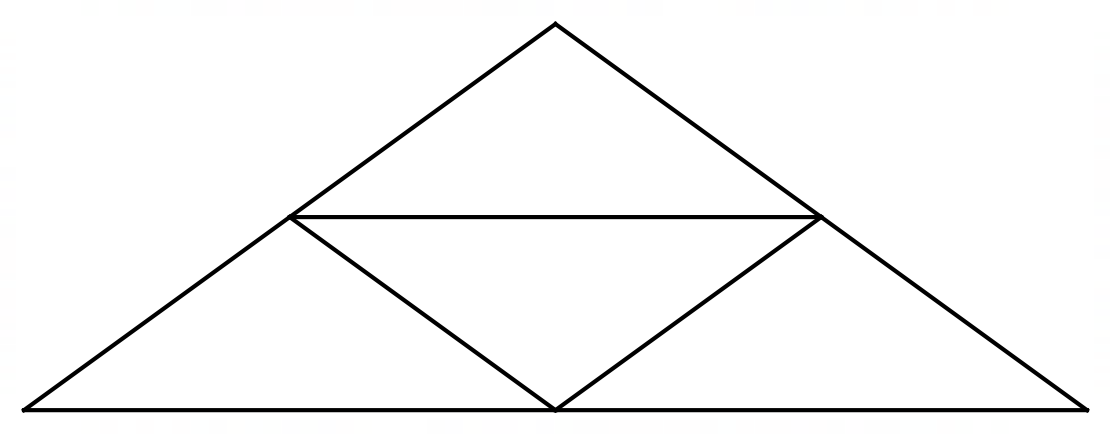LEARNING AND TEACHING

Learning Support at St Andrews
Learning Support is an integral part of the learning team at St Andrews. We are available to support students, teachers and parents in many different ways. Our desire is to help each student to know and experience the love of God and to know that they are created in His image. In doing this we are able to support each individual in the manner that is appropriate to their particular needs.
Learning Support Page on the hub
We have a Parent Page on the hub for parents to access, there are lots of explanations of a variety of conditions, helpful tips, strategies as well as recommended professionals. I encourage you to take a look…
New at St Andrews Christian College
We have started this term with a speech pathologist Su Ann from Safe and Sounds Speech Pathology working each Tuesday with a number of students. Her focus is on language development and social skills. There are only a limited number of places each term.
Please feel free to contact me if you are interested in your child accessing this service in future terms. Su Ann is also available to administer Language assessments at an extra cost to parents.
You are always welcome to contact one of the Learning Support teachers:
- Shirley Gillie – Head of Learning Support sgillie@standrews.vic.edu.au
- Wendy Punay – Learning Support Teacher – Primary wpunay@standrews.vic.edu.au
- Kerryn Terrington – Learning Support Teacher – Secondary kterrington@standrews.vic.edu.au
Blessings
The Learning Support Teachers
NAPLAN – Congratulations
Congratulations to all of the Year 3, 5, 7 and 9 students who recently completed their NAPLAN tests for 2021. In all, St Andrews students completed over 1000 tests over the four days. We look forward to receiving the results later in the year.
Mathematical Problem Solving
In the second Newsletter of the year, I posed the following mathematical problem -
Pentagon Triangles: Take a regular pentagon and cut it into three triangles along its diagonals.
Here are the solutions and some thoughts for further investigation.
a) Explore the ways in which different shapes can be made with the triangles. Record at least four different shapes. In how many ways can the same lengths be matched?
There are a whole range of shapes which can be made. Here are just a few…
b) Can you make a triangle from two pieces? How? Record your result. Can you prove it?
Yes – there is one way to make a triangle from two pieces.
c) Can you make a triangle from three pieces, four pieces, five pieces, six pieces…..?
Yes – you can make a triangle from three pieces. Again, there is only one way that this can be done.
Yes – you can make a triangle from four pieces and there are two different ways in which this can be done.
Yes – you can make a triangle from five pieces. It is interesting to note that they are all the same shape as one or other of the original pieces. We are creating similar triangles!
It is not possible to create a triangle from six pieces – but can you prove it?
d) Is there anything special about the shapes of the triangles you have found?
Some of the interesting patterns which emerge as triangles are created are as follows:
- The series of square numbers 1, 4, 9, 16…
- The 1-piece added to the 1-piece makes a 2-piece, the 1-piece added to the 2-piece makes the 3 piece, the 3-piece added to the 5-piece makes the 8-piece, the 5-piece added to the 8-piece makes the 13-piece. Can you imagine how the 8-piece would be added to the 13-piece to make the 21-piece?
The sequence created 1, 1, 2, 3, 5, 8, 13, 21…. is known as the Fibonacci sequence. - In further investigations, it is possible to compare the lengths of the similar triangles formed and these lead to the Golden Ratio
It’s amazing to consider all of the wonderful patterns which can be formed simply by cutting a regular pentagon along its diagonals.
STEM Skills
I was recently reading an article on the “Five things parents can do every day to help develop STEM skills from a young age.” Here is copy of the key points – if you would like to read more, a link to the article is here.
Educators and researchers agree early literacy experiences are important for children’s cognitive and language development. For the past 30 years there has been a strong movement to foster children’s literacy skills. This has resulted in an abundance of information on how parents can do this by reading books, singing songs and nursery rhymes, playing word games and noticing print.
This is a good thing and should continue, given the importance of early literacy skills in learning to read, and how this leads to later success in school and life.
But in addition to early literacy skills, we should also be promoting early STEM (Science, Technology, Engineering and Mathematics) skills. Early childhood is the natural starting point for STEM learning, as young children are curious and want to explore their environments.
1. Encourage children to notice things
Notice things in your environment such as changes in the seasons, new buds on plants, or the way things move in the wind. Children are often more observant than adults, especially when we are busy thinking about work and all the other things we need to do. Share your observations with your children and use the language associated with observations, such as noticing and observing.
Observation is the most fundamental scientific process. We form hypotheses and gather data from observations. With practice, children can move from noticing general features to more detailed or scientific features.
2. Encourage children to describe things they see and do
Ask children to describe the attributes or features of things they see and do. When your child sees a ladybug, ask them to describe it – what colour, shape and size is it?
Similarly, when your child is building something, ask them to describe what they are doing (or did). You can restate what they describe and extend on their words, increasing their vocabulary and confidence in using STEM language. Use words like predict, experiment and measure.
3. Ask ‘what’ rather than ‘why’ questions
Ask questions that focus on what your child can see or do, rather than why. This will allow your child to confidently answer questions and experience success. “What is happening to the bubbles?” is much easier for them to respond to than “Why do bubbles stick together?”, and promotes further discussion between you and your child.
We want to extend conversations and learning, not shut it down with questions that children (and often parents) can’t answer. It’s fine to later find out why bubbles stick together or any other why question, but in the first instance, ask questions children can answer.
4. Encourage children to count using one-to-one correspondence
Children need to be able to do more than count. Children need to know one-to-one correspondence: that “one” equals one object, “two” equals two objects, “three” equals three objects, and so on.
Parents can easily develop this skill by asking children to, for example, collect five pegs for the washing, or two eggs for the cake mixture. Or by asking how many bags of shopping there are or how many letters are in the mailbox.
Board games are great for helping children understand one-to-one correspondence – especially when they move their counter along the board according to the number rolled or spun. Think back to arguments you may have had over where Monopoly tokens were supposed to be!
5. Encourage children to think about space around them
Encourage children to think about where they are in space. If they are looking at a map of the zoo, ask them where they are in relation to the kangaroos or lions. When driving to swimming lessons, ask them to give directions on how to get there.
Or, ask them to remember landmarks when driving somewhere you go regularly, like grandma’s place. Could your child recognise your house from a picture taken from the road, can they describe where their bedroom is in relation to the kitchen. Research has shown clear links between spatial skills and STEM skills.
Parenting Ideas
Parenting Ideas are hosting a series of Webinars with highly credentialed parenting experts during 2021. These webinars can be attended free of charge (regular value $39) by using a Webinar Voucher which will be made available via the College Newsletter in the weeks leading up to the event. The voucher for the next Webinar is available here.
June 23rd 8:00 pm – Connecting with teenage daughters.
September 8th 8:00 pm – Taming digital distractions.
November 10th 8:00 pm – Using birth order knowledge for a parenting edge.
For access to the Webinar or more great ideas and articles to help you in your parenting journey, explore the Parenting Ideas website here.
The Webinar on June 23rd is hosted by Dr Justin Coulson, who is regularly heard on radio on 89.9 The Light. Dr Coulson is also the host of the “Happy Families Podcast” – for parents who want all the answers but don’t have any time! In each short, easily digestible episode Dr Coulson will address a specific topic, offer his expert advice and provide simple strategies that will lead to positive results fast. Dr Coulson’s podcast is the quickest way to gain the knowledge and information you need to make your family happier today. For further information about “Happy Families”, check out the website HERE.
Michael Swanborough
Head of Learning and Teaching










